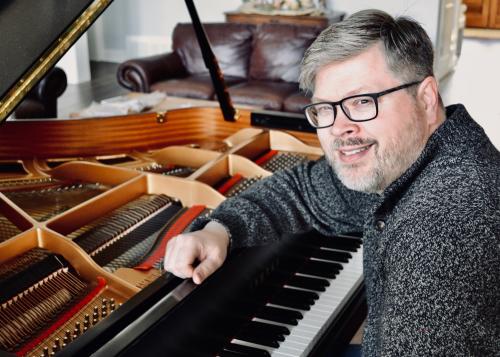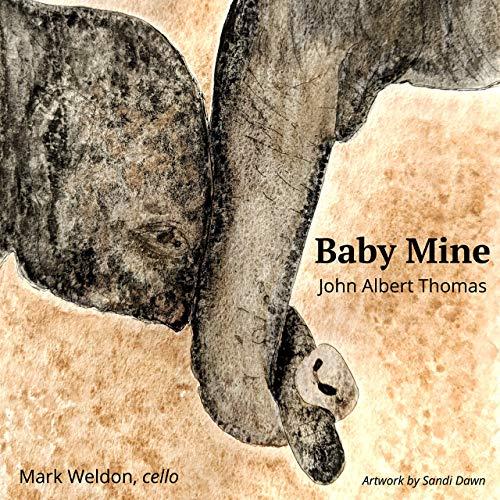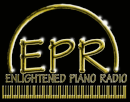John Albert Thomas
Memphis, TN, UNITED STATES Official WebsiteFacebookTwitterInstagramSpotifyPandoraAppleMusicYouTube
Official WebsiteFacebookTwitterInstagramSpotifyPandoraAppleMusicYouTubeFans describe John’s music as quiet, meditative and peaceful, soothing the soul, returning to center, filling their space with hope and inspiration, culminating in a happy, carefree feeling of wellness and contentment. It is a unique blend of Easy Listening, Contemporary Classical, Christian Piano and New Age Piano genres.
John is currently not a touring artist, though he occasionally joins others artists in concert. He works full-time as an entrepreneurial business coach and enjoys his family of six in their country home just a stone’s throw from Memphis, TN, USA.
Albums
“Baby Mine (Piano and Cello)” reviewed by Pam Asberry

Written by Frank Churchill for the 1941 Disney film “Dumbo,” “Baby Mine” is a lullaby sung by Dumbo’s mother, Mrs. Jumbo, to her baby as she cradles him in her trunk. The poignancy of the scene and the beauty of the song never fails to bring me to tears; it is no wonder that “Baby Mine” was nominated for an Academy Award for Best Original Song in 1942 and listed on the American Film Institute’s list of one of the top 100 film songs of all time. It has been covered numerous times by such notables as Glenn Miller, Bette Midler, Bonnie Raitt, Allison Krauss, Art Garfunkel and Kenny Loggins; more recently, Sharon Rooney and Arcade Fire covered the song for the 2019 live-action remake of “Dumbo.”
Now John Albert Thomas has released a beautiful single arrangement for solo piano and cello (featuring cellist Mark Weldon). The piece opens quietly with solo piano introducing the plaintive melody; in subsequent statements, the cello adds a countermelody and texture as the piano slowly builds in intensity and complexity. The effect is spellbinding. This music winds its way into the depths of the soul, somehow managing to elucidate one’s darkest sorrows and brightest hopes simultaneously, and bears repeated listening – I have lost count! Very highly recommended!


